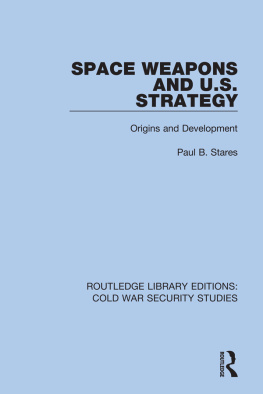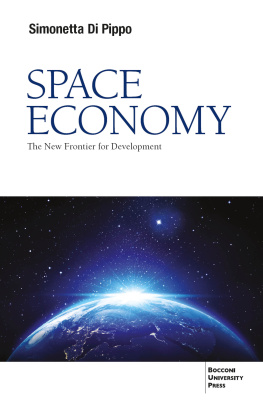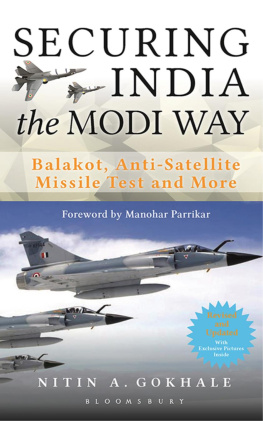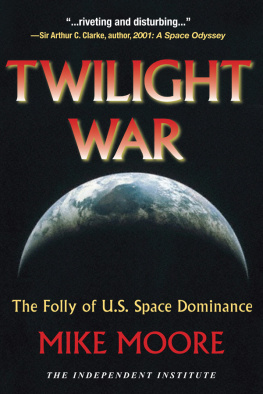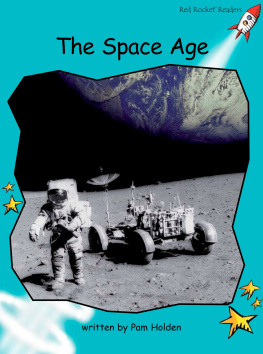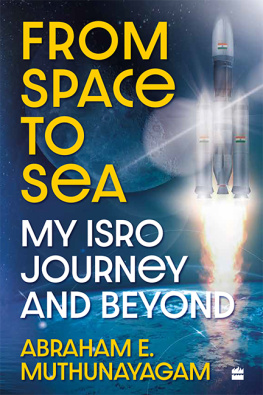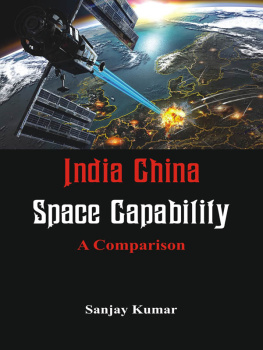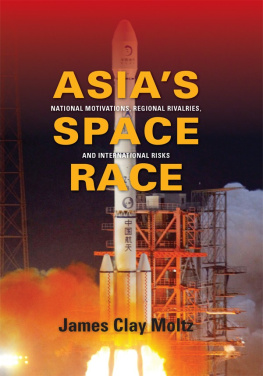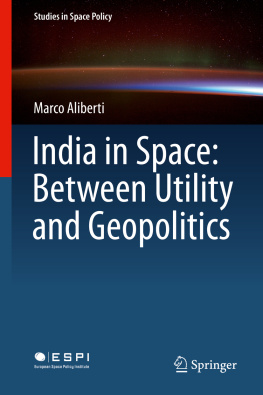

First published in Tranquebar by Westland Publications Private Limited 2019
1st Floor, A Block, East Wing, Plot No. 40, SP Infocity, Dr. MGR Salai, Perungudi, Kandanchavadi, Chennai 600096
Westland, the Westland logo, Tranquebar and the Tranquebar logo are the trademarks of Westland Publications Private Limited, or its affiliates.
Copyright Dr Bharath Bharath Gopalaswamy, 2019
ISBN: 9789388754903
The views and opinions expressed in this work are the authors own and the facts are as reported by him, and the publisher is in no way liable for the same.
All rights reserved
No part of this book may be reproduced, or stored in a retrieval system, or transmitted in any form or by any means, electronic, mechanical, photocopying, recording, or otherwise, without express written permission of the publisher.
1st Floor, A Block, East Wing, Plot No. 40, SP Infocity, Dr. MGR Salai, Perungudi, Kandanchavadi, Chennai 600096
Acknowledgements
I am grateful to the Smith Richardson Foundation for their generous support. I would also like to extend my sincere thanks to Ashley Tellis for his support and encouragement throughout the project, and also for his valuable guidance at various times. Thanks are also due to Gaurav Kampani for his invaluable suggestions and critical inputs.
Thanks to Rahul Krishna for his support and inputs at various levels. Last but not the least, my gratitude to my family for their unwavering support in accomplishing this project.
Contents
N ational security is a complex framework, involving State and non-State bodies in numerous aspects of security. It is a prime concern for any countrys administration, and is achieved through a mix of political, diplomatic, economic, and military clout. The global stance of a nation often plays a decisive role in its approach to its security. While in some cases, non-military assets are used to address threats to national security, many nations back a coercive approach, which usually involves bolstering warfare capabilities. Hence, a countrys military assets and capabilities are often perceived as a major factor in asserting a sound national security programme.
The history of warfare has shown a consistent trend of countries exploiting available resources for the acquisition of a strategic edge over the adversary. Conventional warfare has always been a dynamic concept, with a constant string of additions due to the various factors and domains of warfare. From the ancient addition of catapults to siege engines, to the instrumental reconnaissance missions performed by the Union Army Balloon Corps during the American Civil War, innovations in the field of warfare have proved to be critical factors in deciding the victor.
The previous century witnessed remarkable strides in the aerial frontier of warfare. While this frontier was initially exploited primarily for Intelligence-gathering, the installation of artillery guns in aircraft became a common practice in a short period of time. By the end of the First World War, aerial warfare included components like bombing, reconnaissance, and direct aerial engagements.
The advances in aircraft technology achieved over the years paved the way for space exploration. The development of rocket science reached a significant milestone with the switch from the solid-propellant rockets to liquid-propelled variants pioneered by the American scientist, Robert H. Goddard. The publication of Die Rakete zu den Planetenrumen (The Rocket into Interplanetary Space) by the German scientist Herman Oberth led to the development of many societies that begun experimenting with small-scale rockets across the globe. Rocket science had a military dimension attached to it during the Second World War, when the Verein fr Raumschiffahrt (Society for Space Travel) developed the V-2 rocket and gave Germany a technological edge over its Allied adversaries. This rocket helped the Germans conduct long-distance airstrikes, hitting London and Paris on its first operational launch. In 1944, the V-2 rocket became the first manmade object to cross the Krmn line and, thus, mankind officially embarked upon space exploration. The end of Second World War saw the capture of V-2 manufacturing sites and technologies by the Allies, thus providing themmainly the United States and the (erstwhile) Soviet Unionsignificant insights that they would use in the development of their own space assets.
With the advent of the Cold War, space became another frontier for nations to secure their strategic interests and extend their military influence over their adversaries. The Soviet Union and the United States spent large amounts of money developing an array of weaponry and reconnaissance capabilities for use in space. Thereafter, other countries began investing in technology to enhance their own military capabilities in space.
Space assets have therefore become a crucial part of the functioning of any modern military, in which countries try to gain a strategic edge through the enhancement of their military space systems. It is evident that these systems pose a threat not only to terrestrial military assets, but to assets that have become integral parts of civilian life. These systems also have the potential to disrupt the pivotal functions of a countrys major institutions. Hence, it has become imperative for nations to acknowledge the existence and magnitude of this threat, and to begin taking steps to address it in the immediate future.
The Chinese Anti-Satellite Weapon Test (ASAT) of 2007 initiated a debate about space security in India. Since the beginning of the Indian space programme in the early 1960s, its endeavour was predominantly to fabricate assets for civilian use. However, beginning with the turn of the twenty-first century, Indias space programme developed its military footprint through the launch of the dual-use satellites, followed by dedicated military assets. Since then, India has made significant strides in developing assets that would help expand its military footprint.
This book traces the history of the Indian space programme, while initiating a discussion about Indias foray into applying its space assets for military objectives. It also focusses on the technical and political options that India could pursue to defend its space assetsthe former include hard-kill methods, such as the Kinetic Energy Anti-Satellite Weapons (KE-ASAT), while the political option is mainly, space governance. Indias militarisation of space is rather measured and exploratory, and is inadequate to fulfil its military demands. Its development of ASAT weapons is similarly uniform, despite some former leading national security managers suggesting a more aggressive approach.
India has steadily invested in defence modernisation, upgraded its weapons systems, and gradually embraced the idea of Revolution in Military Affairs (RMA). Militarisation of space conventionally includes developing assets that can improve Imaging, Surveillance, and Reconnaissance (ISR); Positioning, Navigation, and Timing (PNT); and communications capabilities. These assets support combat operations and improve the effectiveness of military force by allowing personnel to gather Intelligence and coordinate optimally during military undertakings.
In the 1990s, space security and the integration of space into military operations became integral parts of this transformation. Coinciding with Indias expanding interest and investment in RMA, the orientation of Indias space programme has also gradually shifted, from an exclusive focus on civilian use to fulfilling security needs. Today, Indias approach focusses on space militarisation, space weaponisation, Space Situational Awareness (SSA), and the governance of space.
Next page

